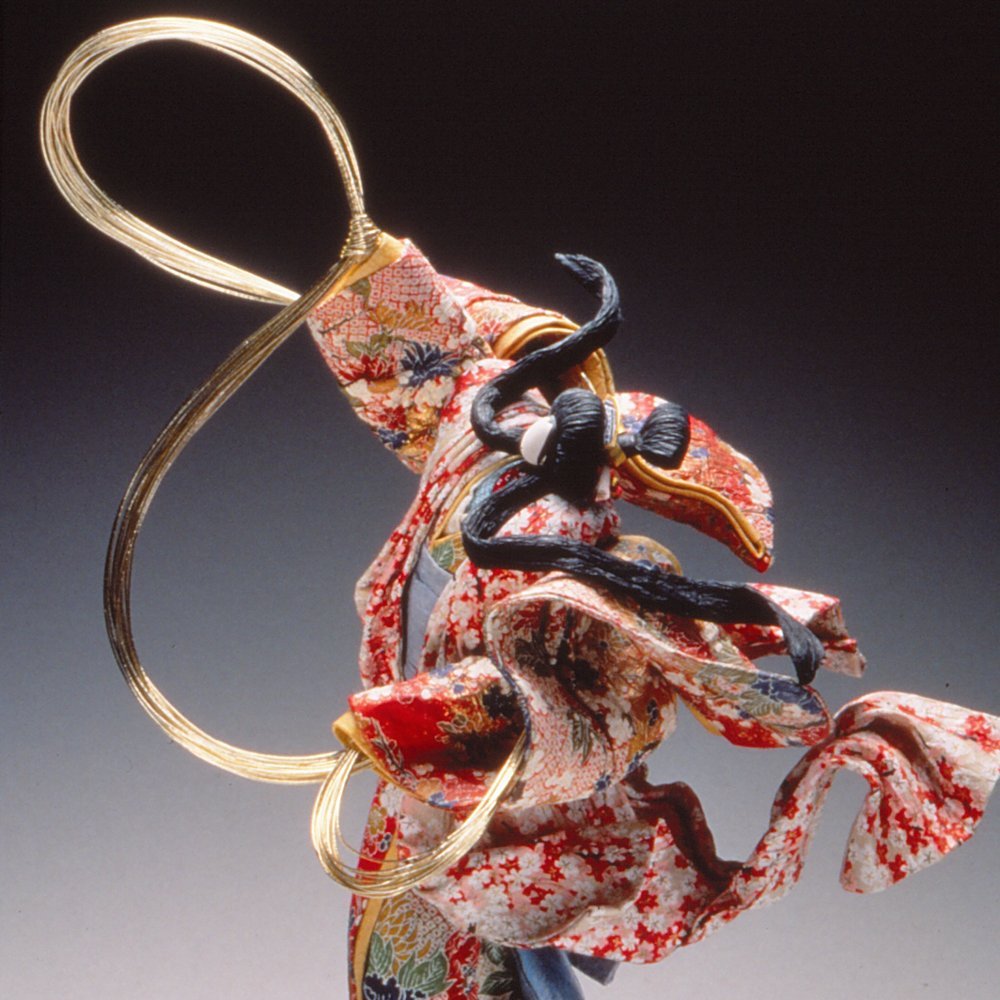Washi Dolls, Washi Ningyo, Washi Papers
Washi Papers
These papers are handmade from the inner bark the Mulberry, Mitsumata and Gampi trees by master craftsmen in Japan.
They are sold under different names: Yuzen, Kozo.
Their texture and exquisite patterns resemble Oriental textiles and are achieved with stencils, woodblocks or silk-screens.
Washi dolls (Traditional style)
This style of dollmaking originated in Japan more than three centuries ago. They are also referred as Washi Ningyo in Japan.
Once very simple and flat, they are now works of art and three-dimensional.
They are slim figures, inspired by scenes and characters depicted in the Kabuki Theater and the Japanese prints “Ukiyo-e”.
Every part of the doll is folded and shaped by hand with Washi papers:
face, hair, clothes and accessories such as hair comb, flower, pin, fan, umbrella, lantern, basket, swords.
No part is molded; each doll is unique.
The tools are simple: glue, scissors, tweezers, floral tape, wire and a paper crumpling tool.
The dolls convey feelings and emotions with body language.
Like a Kabuki actor these dolls have a white face and no features.
Therefore, the posing of the doll is the most critical phase of the doll making process since it brings life into the doll.
